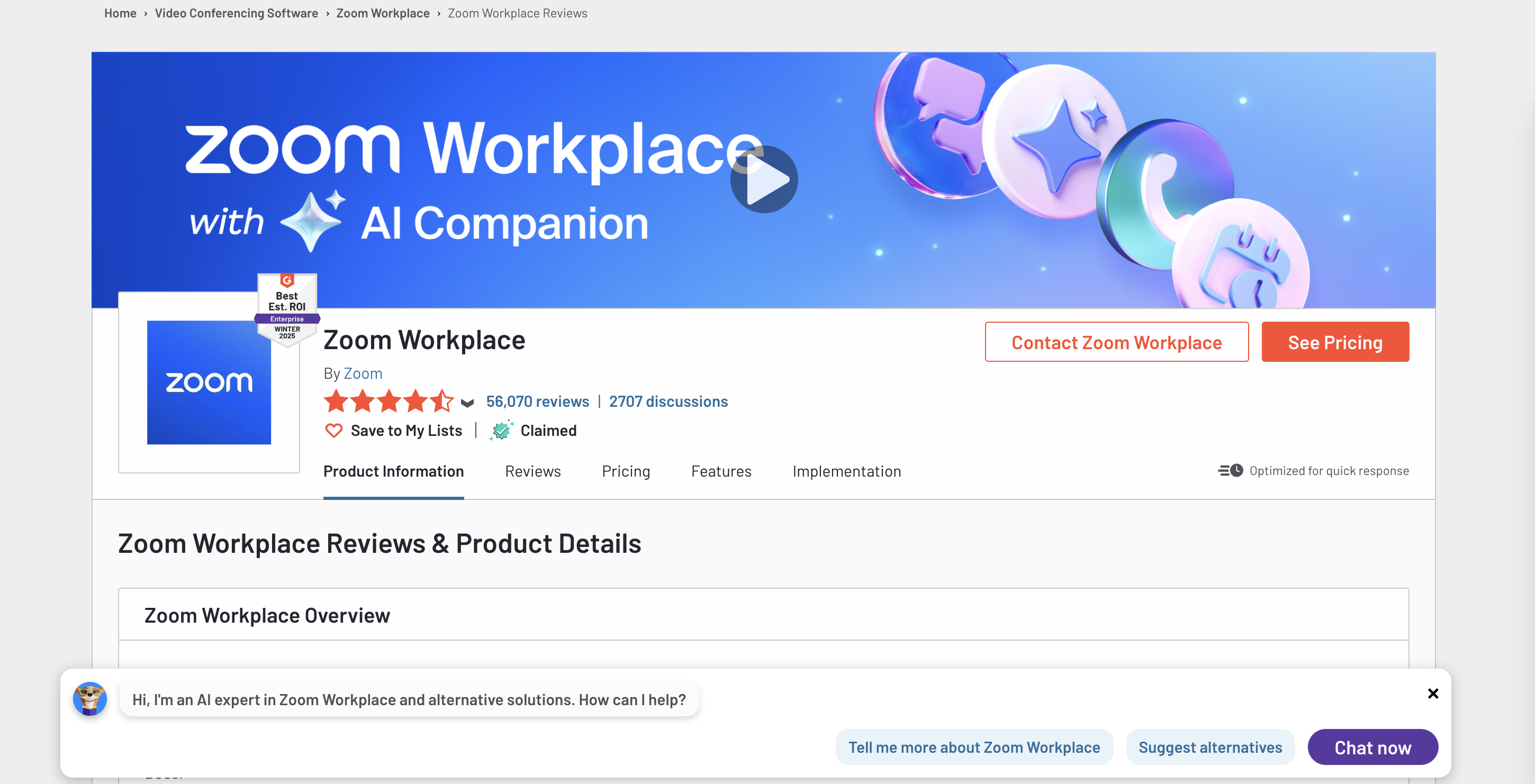Complete guide to Software Review platforms
March 19, 2024 | Reading time: 5 minutes
G2, Capterra, TrustRadius, and Trustpilot are the most popular software review platforms. They are used by SaaS companies to showcase their product and get more customers.
They are best considered as middle-of-the-funnel marketing tools.
The brand awareness and demand generation is done by SEO and content marketing.
Demand capture is done by Ads platforms.
Software review platforms come into the picture during the customer's purchase decision.
Understanding the Impact of Review Platforms
The influence of software review platforms on B2B purchasing decisions has grown dramatically in recent years. According to Gartner's research, 95% of B2B buyers rely on online reviews during their purchase journey, with 84% considering these reviews as trustworthy as personal recommendations. TrustRadius reports that buyers spend an average of 31 minutes reading reviews before making a decision, and companies with over 100 reviews experience a 37% higher conversion rate compared to those with fewer reviews.
Platform-Specific Strategies
G2 holds the largest market share in B2B software reviews
G2 boasts over 1.5 million verified reviews across more than 2,000 software categories. Success on G2 requires a comprehensive approach to profile optimization and review generation.
For profile optimization, consider the case of Zoom, which maintains an exceptional G2 presence.

Zoom's profile includes detailed feature breakdowns, pricing transparency across all tiers, and integration documentation with over 100 popular tools. They regularly update their profile to showcase new features, maintaining an average update frequency of once per month.
In terms of review generation, HubSpot serves as an excellent example. They've implemented a sophisticated review request system that automatically triggers 45 days after successful onboarding. This timing has proven optimal, as customers have had enough time to experience value but are still enthusiastic about their purchase decision. Their approach has resulted in a consistent flow of 50-60 new reviews per month.
Capterra
Capterra influences over 3 million buying decisions monthly, with software buyers spending an average of 15 minutes reading reviews on the platform. Success on Capterra often comes down to strategic category positioning and content integration.
Monday.com provides an excellent case study in category positioning. They strategically list themselves in both Project Management and Work Management categories, maintaining top-three positions in both. This dual-category strategy has helped them appear in 40% more software comparison lists compared to single-category competitors.
TrustRadius
TrustRadius stands out for its detailed reviews, with an average review length of 400 words compared to the industry average of 200 words. Their verification process is particularly rigorous, resulting in a 99% verified review rate.
Salesforce exemplifies effective response management on TrustRadius. Their dedicated review response team maintains a 100% response rate with an average response time of 16 hours. They employ a personalized response strategy, addressing specific points mentioned in each review and often following up with users who report issues.
Trustpilot
While Trustpilot is more general-purpose, it carries significant weight with its 167 million reviews across all categories. SaaS companies have found particular success using Trustpilot's business transparency features.
Canva demonstrates excellent use of Trustpilot's capabilities by displaying their real-time review feed on their pricing page, which has increased conversion rates by 23%. They also integrate review snippets into their email marketing campaigns, achieving a 15% higher click-through rate on emails containing review content.
Best Practices for Review Management
An effective review management strategy begins with consistent review generation. Slack's approach serves as an industry benchmark: they maintain a steady flow of reviews by segmenting their user base and sending personalized review requests based on product usage patterns and customer satisfaction scores. This method has resulted in a 40% review request response rate, significantly above the industry average of 15%.
Response management requires a sophisticated approach to both positive and negative feedback. Asana's review management program demonstrates excellence in this area. Their customer success team follows a detailed response protocol that has resulted in a 28% increase in their overall rating over 12 months. They respond to negative reviews within 4 hours and have successfully turned 35% of initial negative reviews into positive ones through their follow-up process.
Measuring Success
Successful companies track review platform performance through specific metrics that tie directly to business outcomes. Dropbox's review platform analytics reveal that visitors from review sites convert at a 45% higher rate than their average web traffic, with an average deal size 27% larger than other channels.
Reference rates in sales conversations provide another crucial metric. DocuSign reports that 78% of their enterprise sales discussions include references to their review platform presence, and deals that include review platform discussions close 23% faster than those that don't.
Converting Reviews into Growth
The most successful companies integrate review content throughout their marketing and sales processes. For instance, Notion has created a sophisticated system for leveraging reviews in their sales enablement process. They maintain a dynamic database of review content categorized by industry, company size, and use case, allowing sales representatives to quickly pull relevant social proof during sales conversations. This approach has contributed to a 32% increase in their sales team's win rate.
Conclusion
Success on software review platforms requires a systematic approach to review generation, management, and integration into your broader marketing strategy. The data clearly shows that companies investing in their review platform presence see significant returns: those in the top quartile of review volume and rating experience 2.3x higher conversion rates and 1.8x higher average deal sizes compared to their peers.
Remember that review platforms are not just marketing channels – they're valuable sources of customer insight and product feedback. Use them strategically to improve both your market presence and your product offering. The most successful companies don't just collect reviews; they build entire systems around leveraging this social proof to drive sustainable growth.